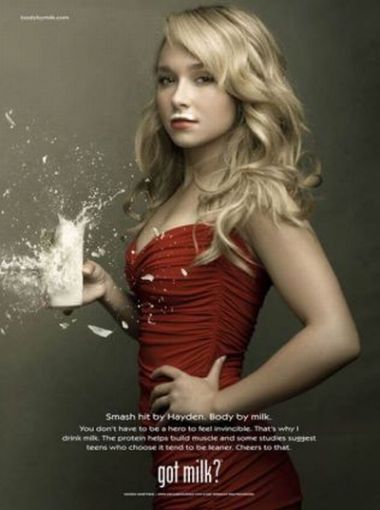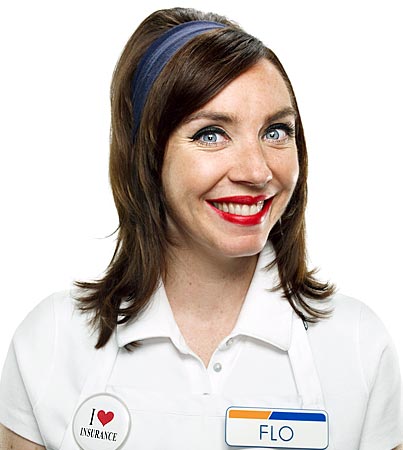Maximizing Ad Effectiveness: Develop a Unique & Consistent Style (Chapter 22)
Chapter 22 relays the importance of executing distinctive details that will in spark memory retrieval within consumers and set a brand apart from competitive brands in the same category. To differentiate a brand from a product category it is imperative for a brand to create a one-of-a-kind style in ad presentations so that we, the target market, can identify.
A defining style can be achieved by incorporating slogans, symbols, visual devices, gestures, presenters, characters, layout/format, music, sounds/sonic branding and colors into ad campaigns.
Nike’s “Just Do It” and “swoosh” serve as examples of both a slogan and symbol while a visual device would include the recognizable Milk Mustache ad campaign.
Gestures that are used in our culture can provide advertisers with an established sign that enforces their message. Volkswagen’s “Punch dub” commercials feature people punching their fellow passengers whenever they see a passing VW vehicle.
Presenters of a brand can either be high-profile celebrities or “DIY Celebrities,” which comprise of a character actor that becomes a celebrity based on a series of a brand’s ads. Flo, the Progressive Insurance lady, and the Dell Dude (“Dude, you’re getting a Dell!”) fall into the list of “DIY Celebrities” of ad campaigns.
Layout and format of an ad can also become a brand’s trademark. A pale green background has become a constant and identifiable trait of the Altoid brand.
Color can also become synonymous with a specific brand. For instance, in the soft drink world, we associate Coca-Cola with the color red, 7-Up with green and Pepsi with blue.
Additionally, advertisements grasp our attention by appealing to our auditory senses. Pop music can generate immediate interest and establish an association with that brand. Max Sutherland refers to sound/sonic branding as the “aural equivalent of a graphic logo.” The NBC chime falls under the sound/sonic branding mode of ad memory cues.
A seldom-used technique of placing voiceovers in ads can also become a distinctive attribute of a brand. Two styles facilitated consist of traditional and musical/conversational voiceover with visuals. Car commercials such as a Dodge Charger ad that contains actor Michael C. Hall’s voice suffice as a traditional voiceover ad. Voiceovers that sing or talk to characters onscreen place the audience in the position of passive observer. The recent Tiger Woods Nike ad that contains a voiceover from his late father Earl complies with the latter form.
To simultaneously broaden a brand’s reach and single out the brand from competitors, a distinctive image and message must be introduced. With an image firmly established, constant usage of a variant of trademark effects can cement the brand name into the public’s consciousness.



Leave a comment